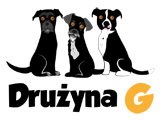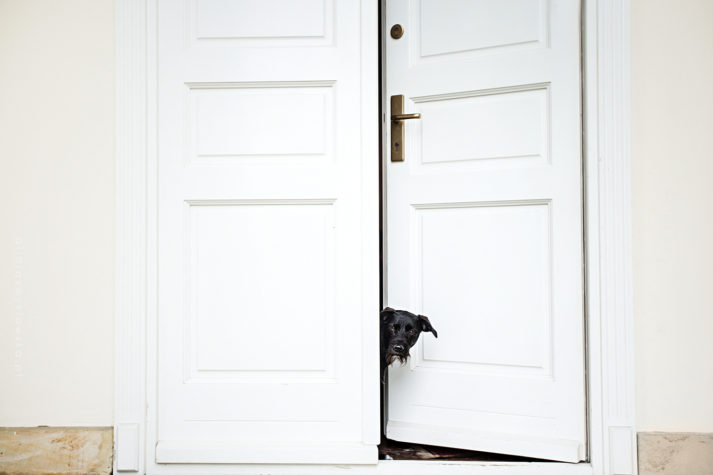
When I have done a poll on my Facebook fan-page I received 79 responses. 30 people said they use time-out the rest said no. It was 38% yes, to 62% no. But the thing is, when those who said yes in the pool explained in the comments what they actually meant, it turned out to be a sports time-out. A break, a time off from training, a play, tossed treats. Which actually makes me really happy. But also is a great example that we often argue about two different things. One person says she uses time-out and the other says no, and they start an argument, but the problem is they have different definition of the procedure that they are taking about. That’s why I believe we should either relay on scientific meaning of a certain term. Or if not, we need to always explain what we mean when we say “time-out” or any other procedure.
This way we can avoid misunderstandings. In my pool, majority of people who said no to use of time-out meant a different thing than the ones who said yes. Below are just a few quotes from “yes people” from the pool.
“ we play for a couple minutes before trying to work again.”
“So may throw some treats for him to go find or just do something different and revisit later.”
Before we go forward, I want to first address the definition of time-out. In this article “time-out” is a procedure understood scientifically, from ABA perspective.
Time-out from positive reinforcement is a type of negative punishment procedure in which, contingent upon a response, a timer is started. While the timer is running, the dog (or any other organism) cannot access reinforcers. Time-out is a procedure based on the principle of negative punishment. It is the withdrawal of the opportunity to earn reinforcement or the loss of access to positive reinforcers for as specified time period, contingent upon occurrence of a behavior.
So why would we want to use time-out?
– the effect is to reduce the future frequency of that behavior
As any punishment procedure, the goal is to decrease the targeted behavior. Behavior happens and contingent on that response, punishment is implemented. We only know if punishment worked when we look at the future frequency of the behavior. One of the critical attribute of punishment is its function. If it doesn’t reduce the behavior’s future frequency, then it is not a punishment. No matter what we call it.
 What needs to be present for the time-out to be successful?
What needs to be present for the time-out to be successful?
There has to be a discrepancy between time-in and time-out. That is contingent on a response, a time-in, condition changes to time-out condition. There has to be access to reinforcement in time-in condition, and there has to be no reinforcement in time-out condition. There has to be a change between those two conditions. They can’t be the same.
What I experienced with trainers using time-out procedure, that it is very often unsuccessful, ineffective, why?
Time out requires:
– access to positive reinforcement.
– an access that is taken away.
“access to positive reinforcement” – this is the place where most of the time trainers fail to have success with time-out. If your dog disconnects from you during training, moves to sniffing grass, does not respond to cue, do you think the training situation is actually working as a reinforcer? Time-out is contraindicated for behavior maintained by socially mediated negative reinforcement. Possible scenarios that I have seen are: trainer is turning back to the dog, “ignoring” the dog (Non-exclusionary time-out. Dog is not physically removed from the environment), or he is taking the dog to the crate, or leash him to the fence. This is a very brave things to do, it means we assume our sight (turning away) or training is actually considered reinforcement. The problem is very often it is not. Our presence, training situation is working as aversive stimulus and dog is presenting escape or avoidance behavior – sniffing, disconnecting. By removing him from this situation we are actually negatively reinforcing those behaviors. Another thing to consider is behavior maintained by automatic reinforcement (behavior that directly produce their own reinforcement) so reinforcement not mediated by another person, another dog. What if taking your dog away from the environment is not influencing the behavior because reinforcement is somewhere else.
I want to explain more thoroughly aspect of negative reinforcement and escape behavior. Negative reinforcement contingency is one in which the occurrence of a response produces the removal, termination, reduction, or postponement of a stimulus which leads to an increase in the future occurrence of that response.
Escape contingency in which a response produces escape from aversive stimulus. So to say it more simple, whatever your dog does to escape a situation, is strengthen by termination of that situation. Often training situation or our behavior during training is that aversive stimulus, that our dog wants to avoid.
“access taken away” – it address the discrepancy between time-in and time-out. So this time trainer puts the dog in a crate or some other actually more enriching environment than the training session, access to reinforcement means all reinforcement.
“contingency and contiguity” – time-out HAS to be contingent on the response we want to punish. But what often happens is the reverse. Trainer says the cue for sit, dog looks away – trainer decides to use time-out, dogs look back – trainer actually takes the dog away, or turns away from the dog (we assuming for this example, that in this situation this session and presence of trainer was actually reinforcing), what behavior was the time-out contingent on? Looking back at the handler.
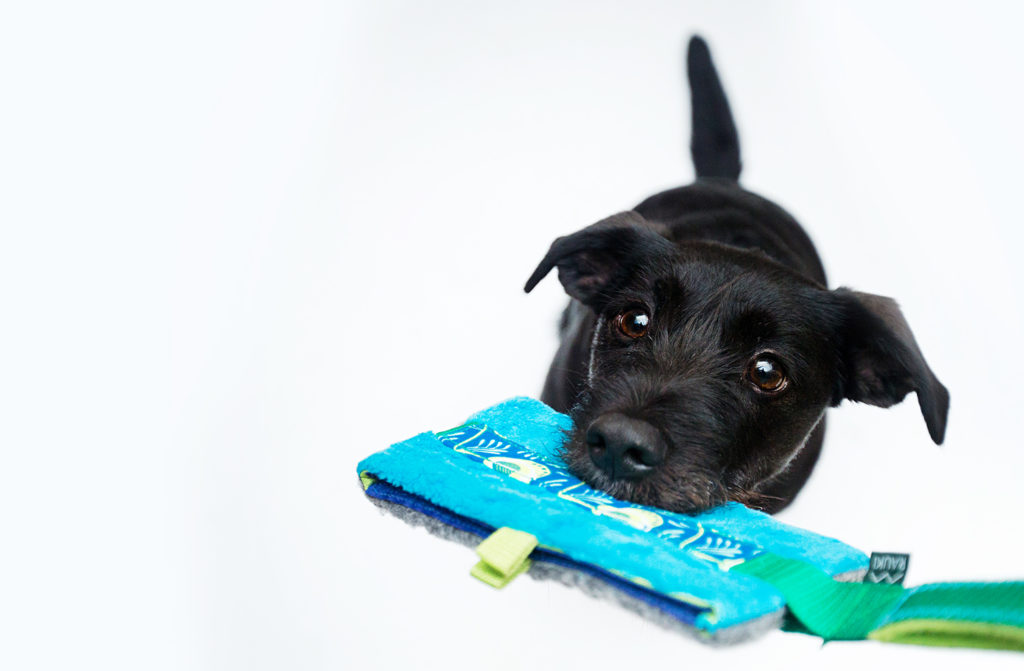
Properly implemented time-out, punishes the behavior. But is that really what we want?
Punishment doesn’t tell your learner what to do, what behavior is the one that will be reinforced. It doesn’t teach him. It also doesn’t make you a batter observer and teacher, if your dog turns his head around or starts sniffing or does not respond correctly on “known cue” (I placed it in quotation mark, because we first would have to address what known cue is, and this will always be an assumption from our perspective) during training, instead of punishing this behavior, think what is its function. We should always consider why the problem behavior has happened. Try to first identify close and distance antecedents, and consequences, what is happening in the environment that makes the problem behavior happen again, or what is changing that decreases the behavior you want. I base my training on choice concept, so my dog is always able to opt out from the session, and it is always his decision to engage in a training session. This way learning process is about mutual communication, where the line between who is teaching who fades. It’s a conversation between the teacher and the learner. They are roles that complement each other. Because even during shaping sessions, who is actually shaping who? Is dog controlling my behavior by consequences, or am I controlling his?
This approach makes our learners equal partners in our learning journey. Give your dog choice, and if you are afraid he will choose not to engage in learning with you, it means you should reconsider how your training looks in the first place.
If for example you dog turns away from you and starts sniffing the grass. Don’t make your first choice to punish sniffing behavior. Instead analyze what happened before the sniffing. What did you do, or what changed in the environment that evoked sniffing. Then consider what usually happens after sniffing. Maybe you actually take your dog away from the training place. If you take data and notice that this is becoming a pattern, then maybe it is worth to consider that sniffing is an escape behavior.
Another common situation I see is in nosework and excessive handling, where dogs seek a way out of an unpleasant situation, and use the available negative reinforcements as:
– sniffing other smells (animals, grass etc)
– rolling around,- scratching,
– redirection to the environment.
These are behaviors that allow them to receive a negative reinforcement. They allow them to escape from the aversive stimulus that is increasingly pressure from the handler.
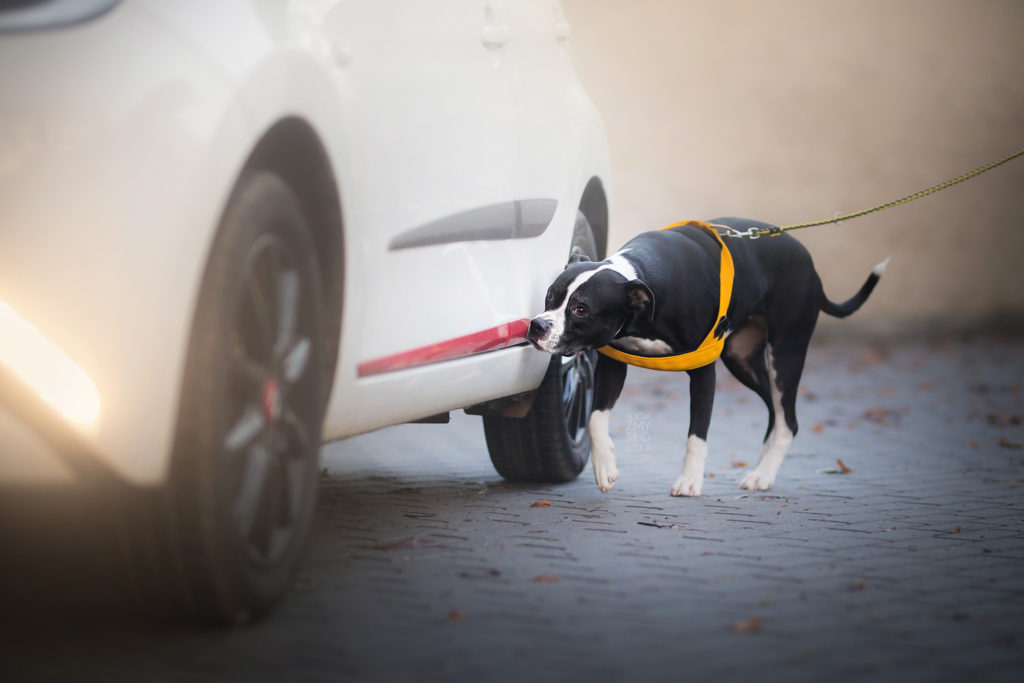
As with any punishment we use there is a baggage attached.
– undesired conditioned response. Increased heart rate, shivering, dilated pupils and other reflexes we may call fear or anxiety.
– may evoke counter control response including the use of force to escape or avoid the discriminative stimulus for punishment.
– may cause the situation and people associated with the aversive stimulus to become conditioned aversive stimuli. I think all of us have seen it happen.
If you are afraid that if you do not punish the problem behavior it will keep reappearing, Matching Law has a nice thing to say about it:
“Even when problem behavior is reinforced, the greater the difference in proportion of reinforcement for the problem behavior versus reinforcement for replacement behavior, the greater the difference in rate between those two” What does it mean? That it is much better and economically wiser to invest in the wanted behavior, than to be focused on the punishing of the problem behavior. SO don’t really worry if you reinforce a crooked sit, just make sure you reinforce the correct one more often. More about Matching Law in the next article.
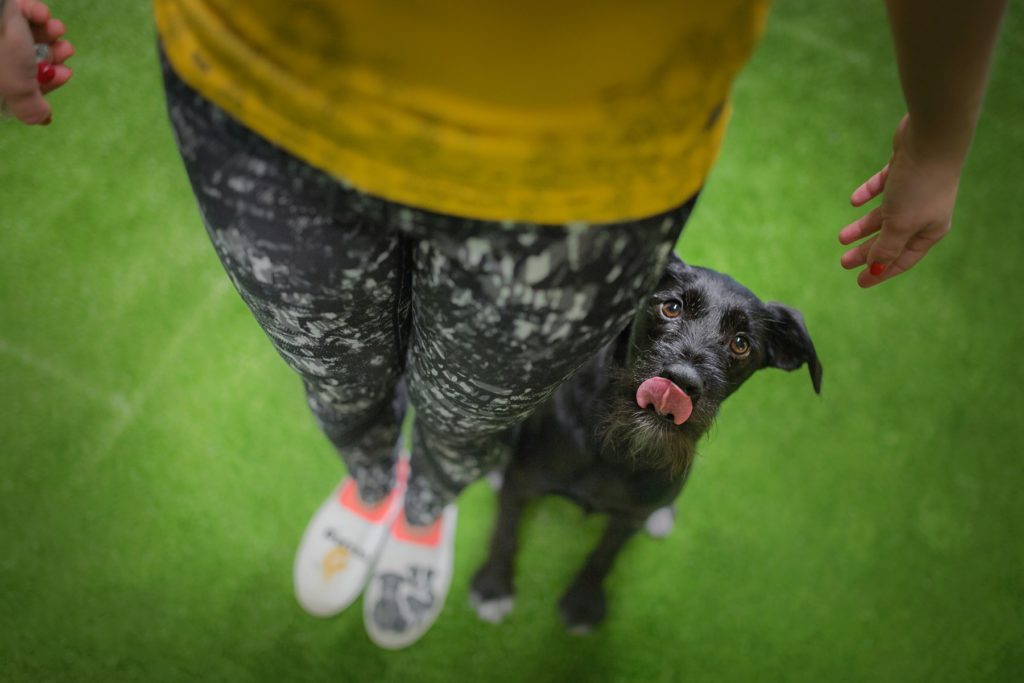
Another things to consider:
- Punishment does not directly establish behavior, it only decreases behavior.
If you don’t teach the “correct” behavior in the place of punished behavior, another behavior will pop out into this place. And it may not be the one, you are actually looking for. - Recovery from punishment. Punishment effect is not forever. “When punishment is discontinued, its suppressive effects on responding are usually not permanent, a phenomenon often called recovery from punishment which is analogous to extinction.” It even happens sometimes that rate of responding after punishment is no longer implemented, is higher.
So again, focus on analyzing why behavior happens in the first place, before you decide to use punishment.
A bit on the sport type time-outs.
Behavior is happening all the time. Not just when you train. SO it happens between the repetitions, and during the break. If you are not paying attention to your dog, not only you are teaching him that you are unpredictable and that disengagement from the session is something normal, but you are actually reinforcing many unwanted behaviors, when your dog tries to get back your attention (and you are loading your treat poach or checking training notes). Or you can put on extinction trial many behaviors you do not wish to do it.
What if you change the session set up, you don’t want your dog to offer behaviors in the meantime, I have a mat and stationary behavior for my dogs during the break. You don’t want your dog to be just left hanging there without a clue what he is supposed to do. Clarity is crucial to maintain an engaged training partner
So the use of sport type time-outs which I consider breaks in the training session, is extremely important. But it has nothing to do with time-out procedure in scientific world, and I am glad many of my readers consider this the only time-out they use!
